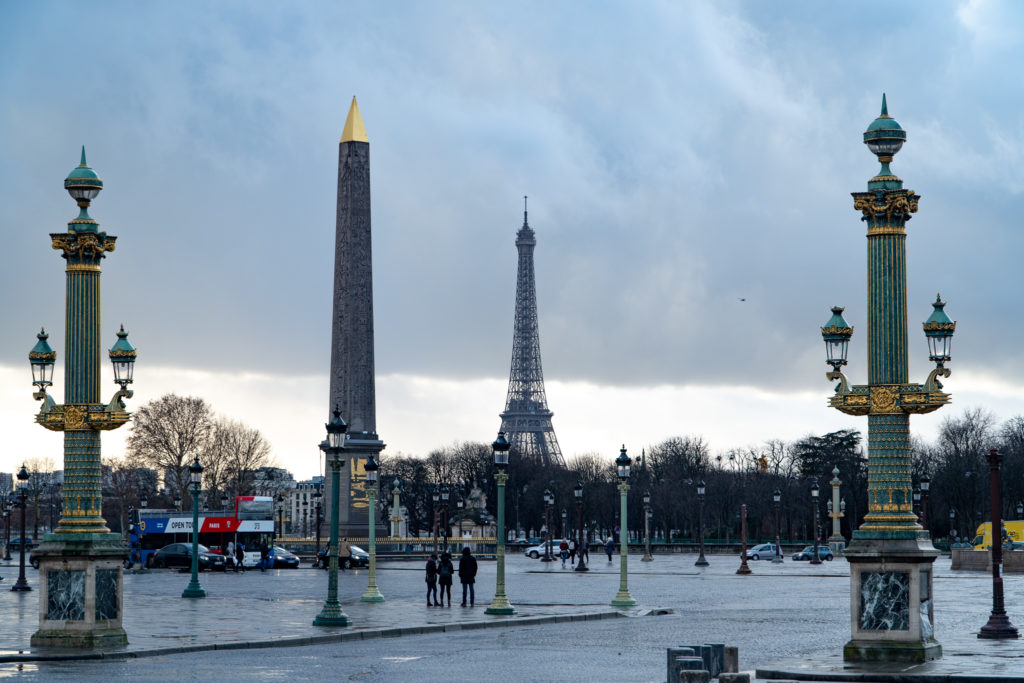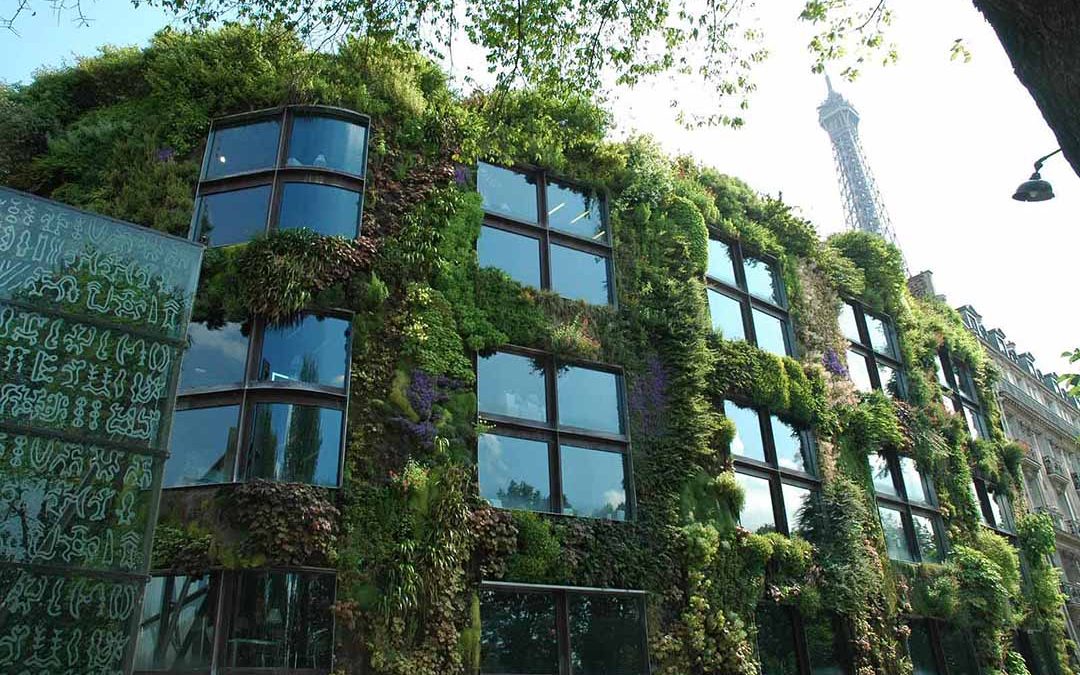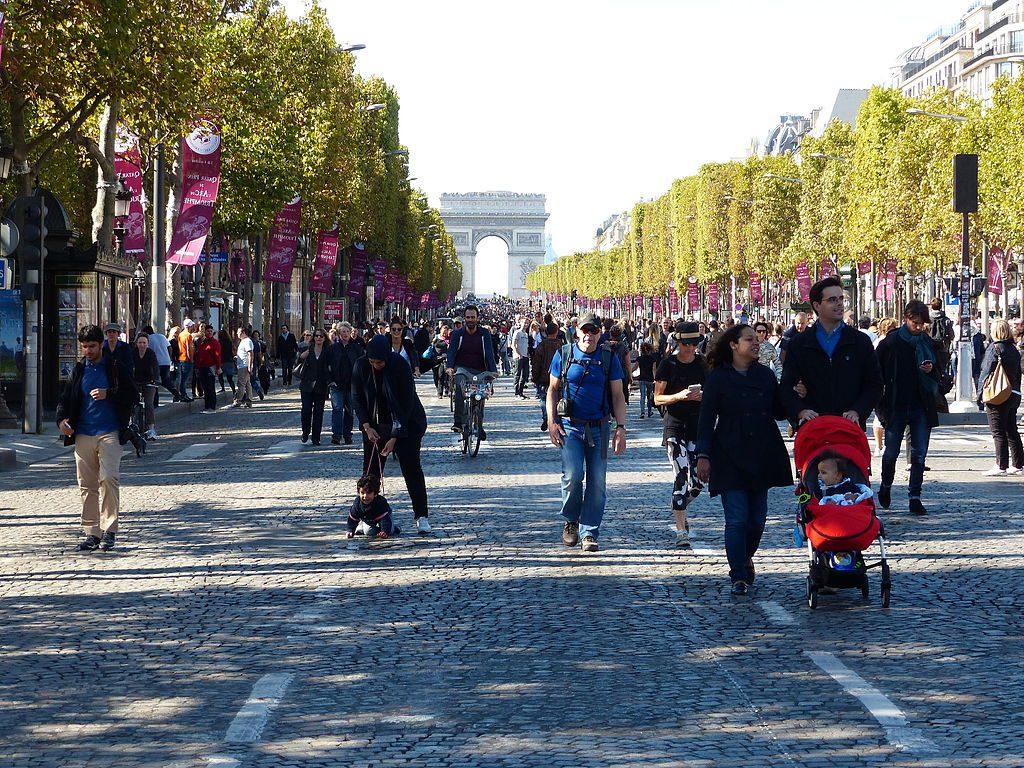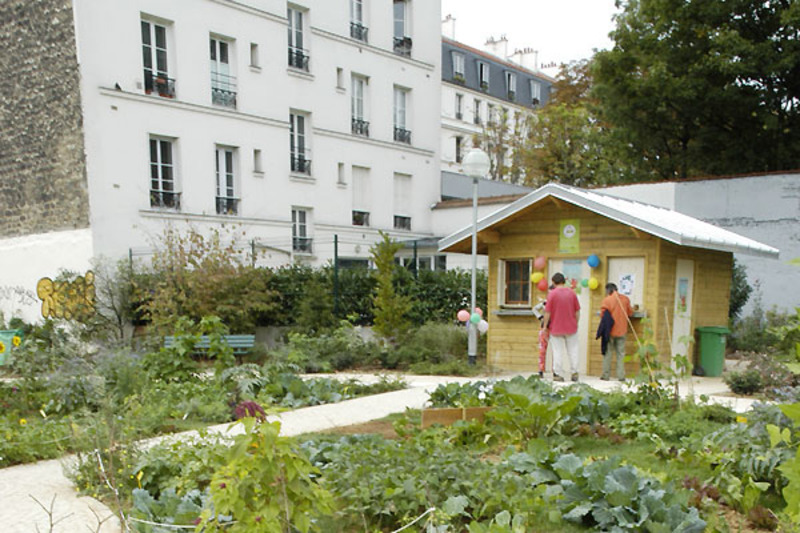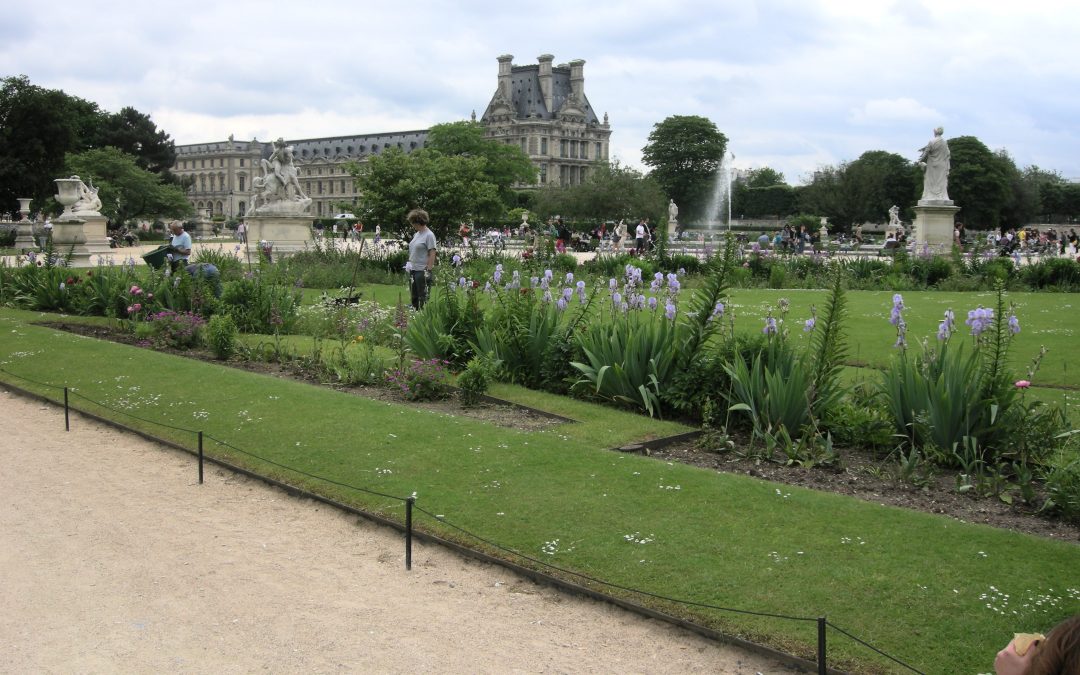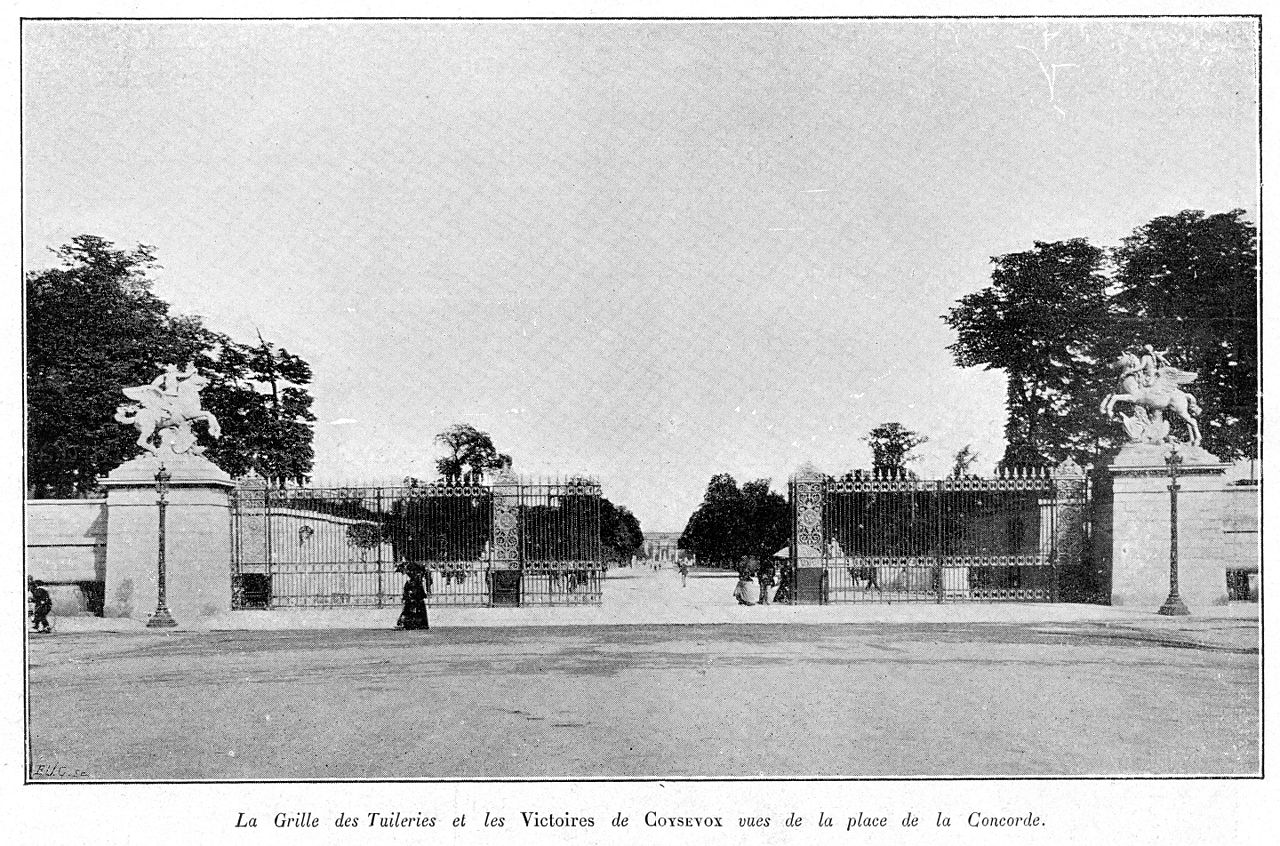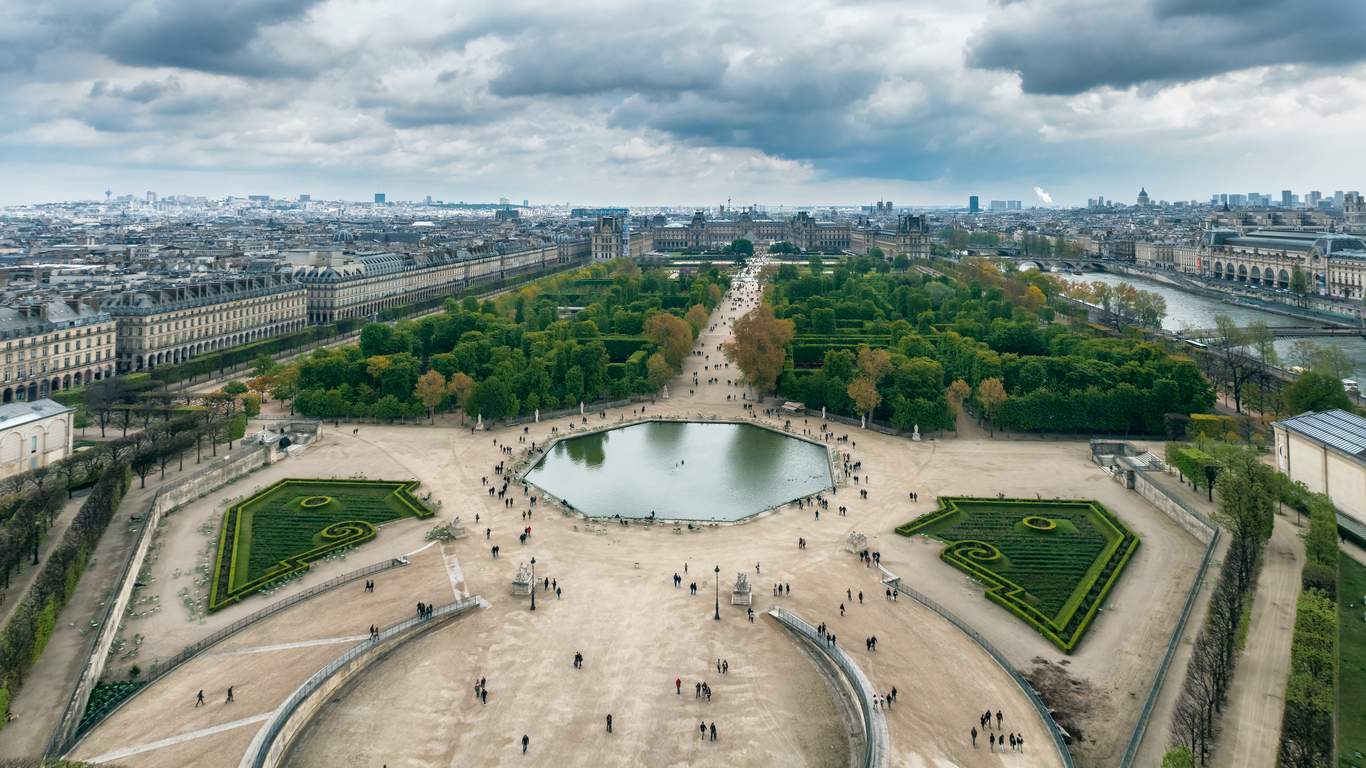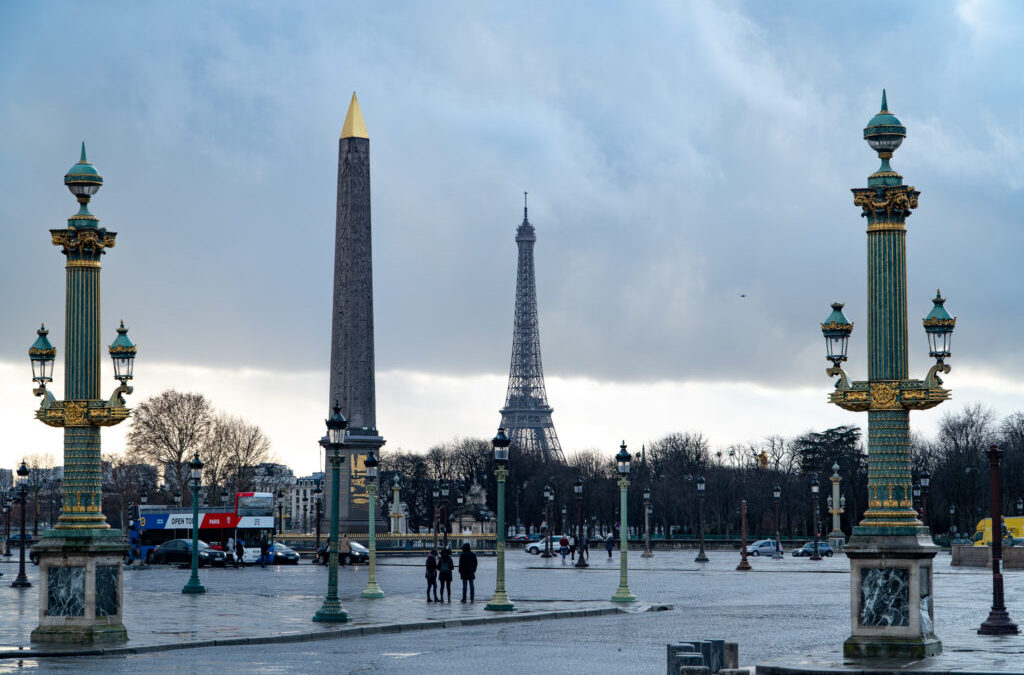
Top 10 Things to Do for First Time in Paris
I just found out that a friend is leaving for her first visit to Paris – tomorrow! Work is the main reason for her trip, but she will have some free time and she has asked for a top 10 list for things to do for a first timer in Paris.
Hmmmm……
Did you check out pariswithscott.com? Of course, she said. But, there isn’t a top 10 list to choose from for first-time visitors. Okay, she has me on that. I guess I think everyone is going for days and days on end. It is so sad we can’t all go indefinitely!
Get your satchel ready for being out all day and here are the top 10 to pick from.
Before even getting to number one on the list, beware of pickpockets – everywhere. Keep your money, identification, passport in a secure place on your body. Like your front pocket or in a money wallet around your neck. You will be in high tourist areas and thieves will take your money and your passport. If that happens, you will spend the rest of your time in Paris trying to get your credentials to get out of Paris.
First, there are 3 firsts.
Option 1
Take a ride on one of the open top buses. Multiple companies offer several routes, but take the route that goes by the major sights – up the Champs-Elysees, around the Arc de Triomphe, by the Opera, Louvre, Eiffel Tower, Seine, Les Invalides, Place de la Concorde, etc…. Ask at your hotel which company is closest to your location so you can walk to the bus stop. About 2 1/2 hours without getting off.
Even in winter, the open top tour is a must. Bundle up, wrap your neck with a scarf, and go to the top deck. It doesn’t go fast. And, you can really get a feel for the city and this will help you decide what is really interesting to you.
Option 2
If it is really raining, and the forecast is for rain all day, go to the Louvre. (More on the Louvre in a minute.)
Option 3
If you want to go to the top of the Eiffel Tower, reserve your time now , while you are reading this. Seriously, check the website now and reserve your ticket, and check for special notices. This is many people’s top thing to do – so it is crowded. Also, maintenance can result in closures of certain areas – including the top – and the website posts current information. (PWS Note: There is no doubt that the Eiffel Tower is incredible! It is breathtaking to walk around it, look at it from all over the city and see it each day while in Paris. I prefer to admire from underneath, from across at Palais de Chaillot, or from the Champs de Mars. The view from the top is so high up that it is far removed from the city of Paris. I think the views are much better from Arc de Triomphe or the Centre Pompidou. Or, visit Galleries Lafayette for the terrace – and you can always get a snack or meal down below. Even Printemps the food halls have amazing views across the rooftops – including a view of the Eiffel Tower.)
2. Sainte-Chapelle

Sainte-Chapelle is a block and a half away from Notre-Dame de Paris, on Boulevard du Palais. Big red vertical signs mark the entrance. After going through security, you wind your way around to the 13th century royal chapel built in 7 years. First, you visit the lower chapel that is dark and dim with gilded Gothic arches. Then, you walk up a narrow stone staircase and enter the soaring upper chapel with monumental walls of stained glass. This is where the kings of France worshipped for a time. And… it is majestic.
Plan to spend at least an hour at Sainte-Chapelle.
Notre-Dame de Paris would take this spot on any top 10, but the inside is closed. It is unfortunate, but you still must visit Notre-Dame de Paris before or after Sainte-Chapelle. Walk over to Île Saint-Louis to view the flying buttresses and marvel at the magnificent Gothic masterpiece.
3. The Louvre
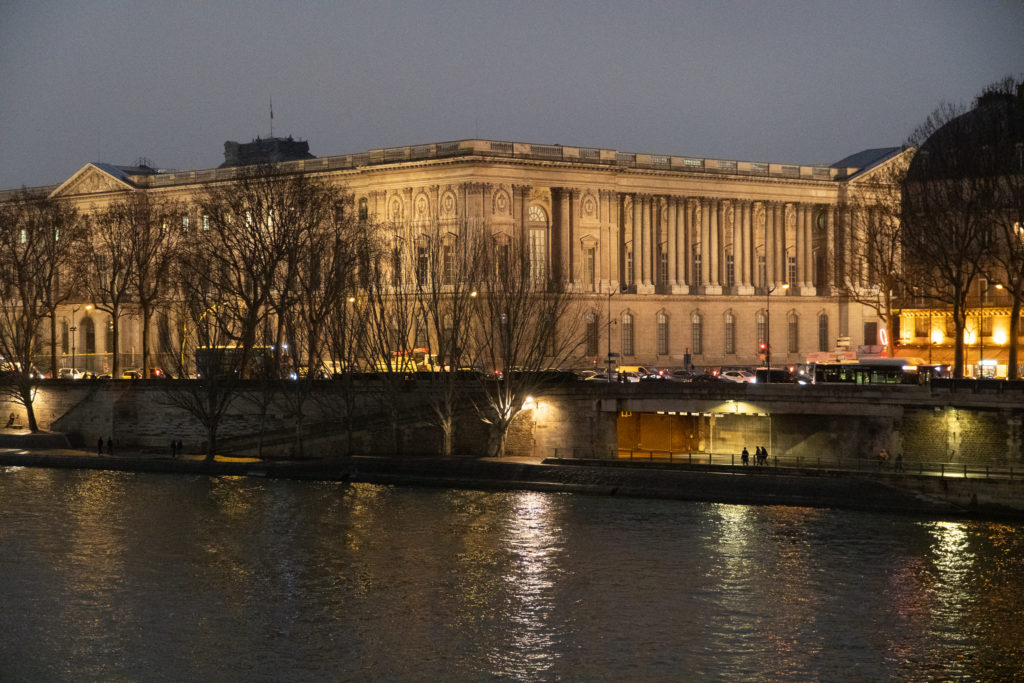
The most extensive art museum in the world is a must visit. From the glass pyramid by I.M. Pei to the ancient foundations, the building is a work of art in itself. And, the ability for the French to move people into the most visited museum in the world is inspiring, even if it may be a little frustrating. Get yourself up early and be there when the Louvre opens, or go when it is open late to have the easiest access. Or, just be prepared to be in a mob trying to get in. It can be overwhelming, but it doesn’t have to be. Go with a plan. And one of the best plans is to take the self-guided tour of masterpieces. You will travel through the building seeing the best of the best in the former palace of the monarchs of France.
Plus, there are places to have coffee, a snack, a baguette sandwich, and multiple bookstores with excellent souvenirs, including vast numbers of postcards!
Combine visiting the Louvre with seeing the sublime beauty of the Palais Royal (built in the 1630s) and taking a stroll through the gardens. Break for some coffee or a Badoit before or after at one of the cafés between the Louvre and Palais Royal. You will see them around the Avenue de l’Opéra. Then walk back out to the Rue de Rivoli and into the Jardin des Tuileries (created in 1564) and up to Place de la Concorde. During the French Revolution, a guillotine was on this square.
About 3 hours not including time at a café.
4. Crepe From a Crepe Stand
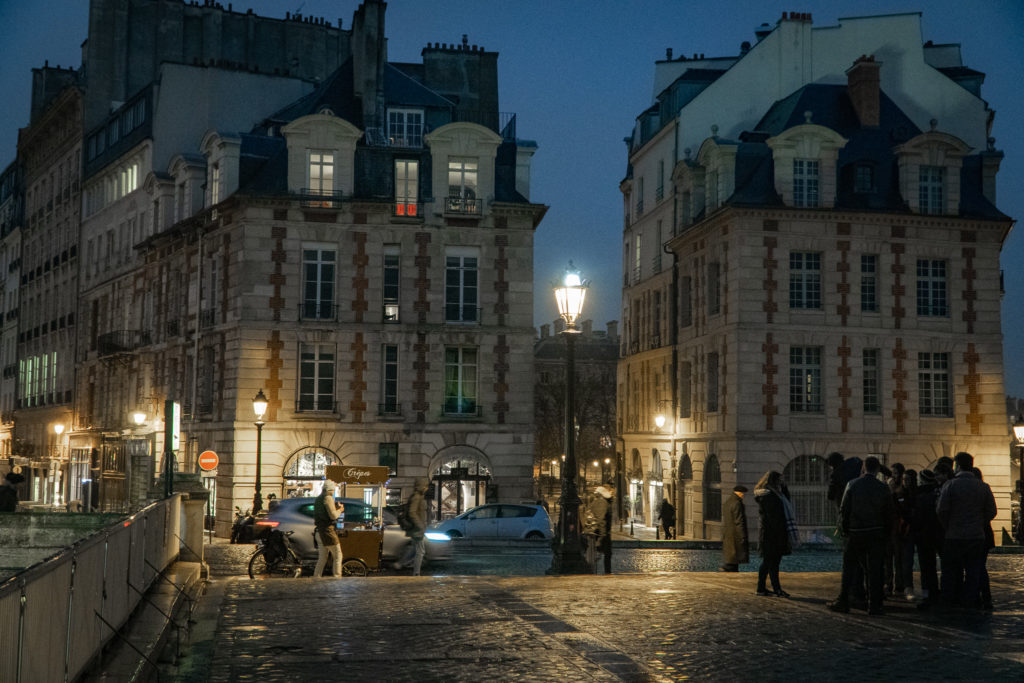
Choose savory or sweet, maybe the one right outside the Tuileries Garden on the Place de la Concorde? Or, at night near the Pont Neuf watching the boats motor past? This may rank as number 1 in the top 10 experiences.
5. Baguette Sandwich
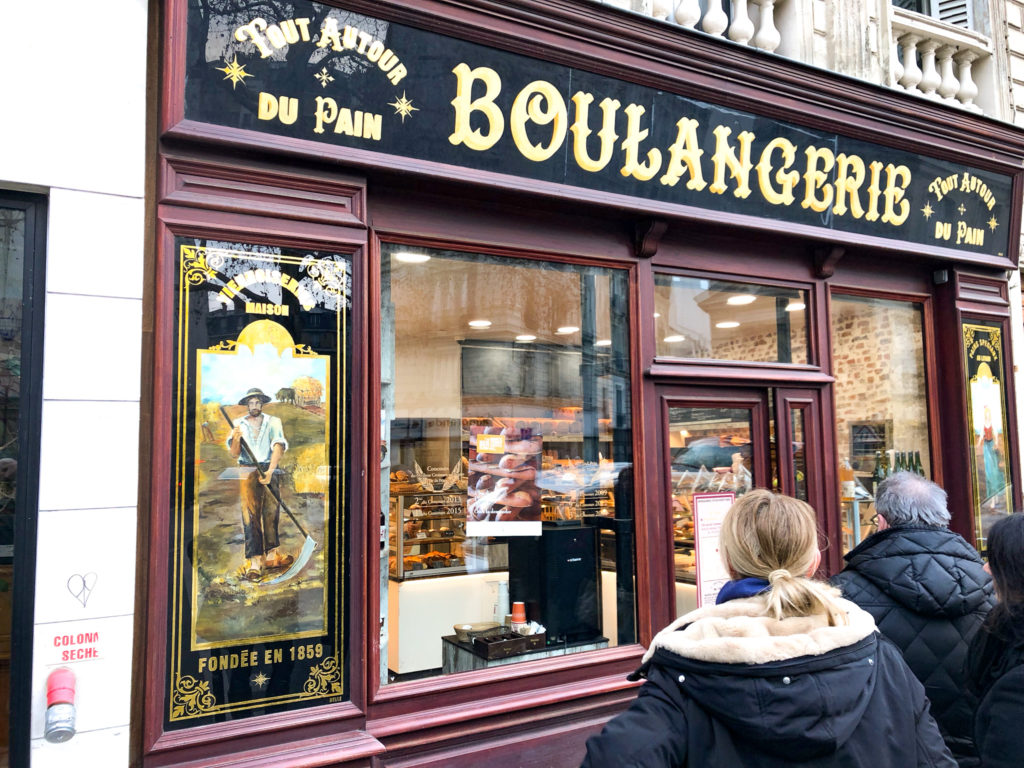
Choose the traditional – jambon gruyere – ham, swiss cheese and butter on a baguette. Don’t go for the new ones with lettuce, tomato, mozzarella and who knows what else. You can find them everywhere, even at convenience stores, but walk into a boulangerie for some of the best. A real boulangerie makes its own bread on the premises from yeast, flour, water and salt, with no preservatives. Grab a croissant while you are at it. You will want it as a snack later or a post baguette dessert!
6. Place des Vosges
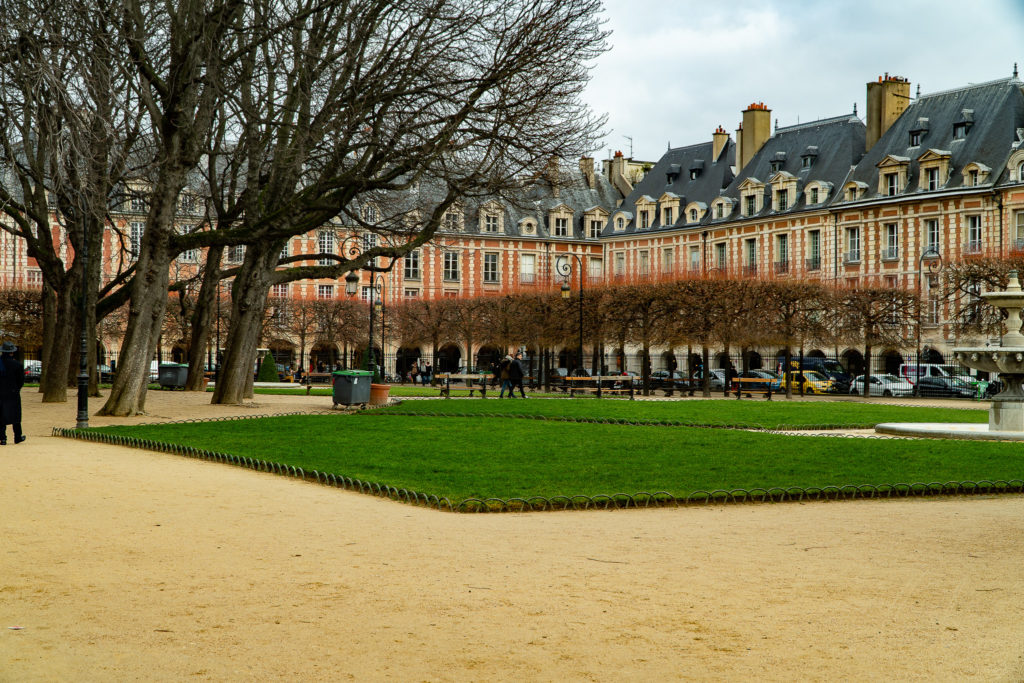
The red brick and stone buildings of the Place des Vosges were built by Henri IV in the early 1600s. Walking under the archways and into the garden really give a feel for a microcosm within Paris. Beautiful buildings, perfect scale, relaxed atmosphere, planned gardens that are meticulously maintained…a sensory delight.
To get to Place des Vosges look for Rue de Birague off the Rue de Rivoli. See the July Column at Place de la Bastille before. Plus, a Monoprix is across the street from Rue de Birague. Duck in for water, reasonably priced souvenirs, crackers and snacks.
From the Place des Vosges, walk a few blocks over to Rue des Rosiers in the Jewish Quarter for delicious falafel at Florence Kahn or L’As du Fallafel. Continue on to the Hôtel de Ville and take a photo like Doisneau.
7. Centre Pompidou
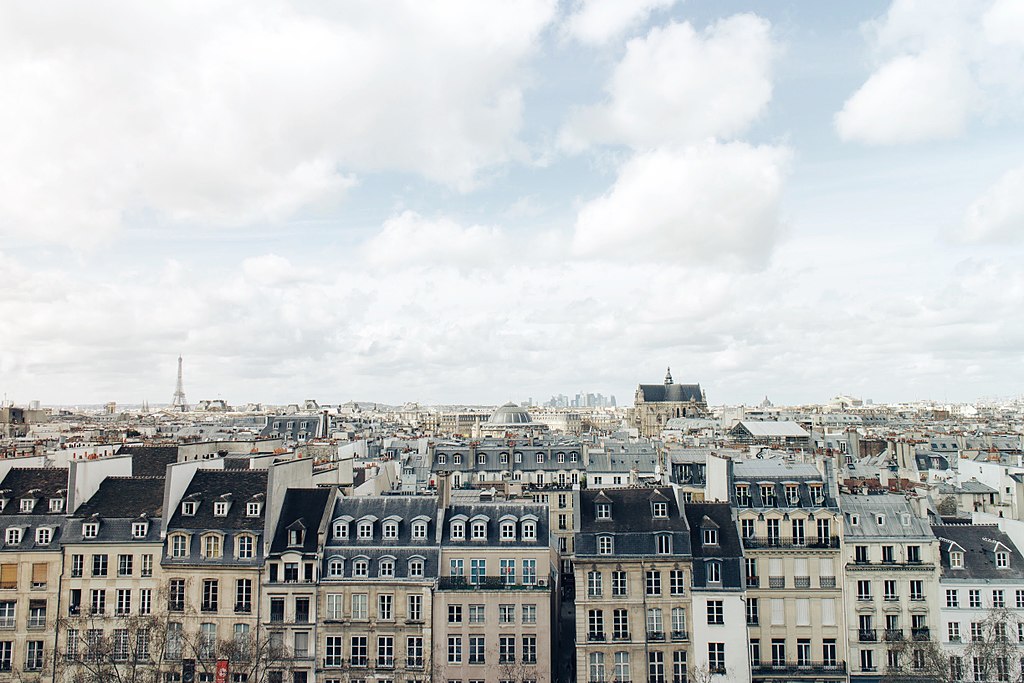
The iconic marvel of 1970s is a definite top 10 to visit with its different colors for different circulations: blue for air, green for water, yellow for electricity and red for people. Centre Pompidou is about 6 blocks from Notre-Dame de Paris and about 3 1/2 blocks from Hôtel de Ville. Go to the top for some of the best views of Paris. Next, go over to Église Saint-Eustache.
Allow 3.5 hours from Place de la Bastille, brief shopping at Monoprix, visiting Place des Vosges, stopping to eat, visiting Centre Pompidou and walking to Église Saint-Eustache. This is without seeing an exhibition Centre Pompidou,
8. Time in a Café
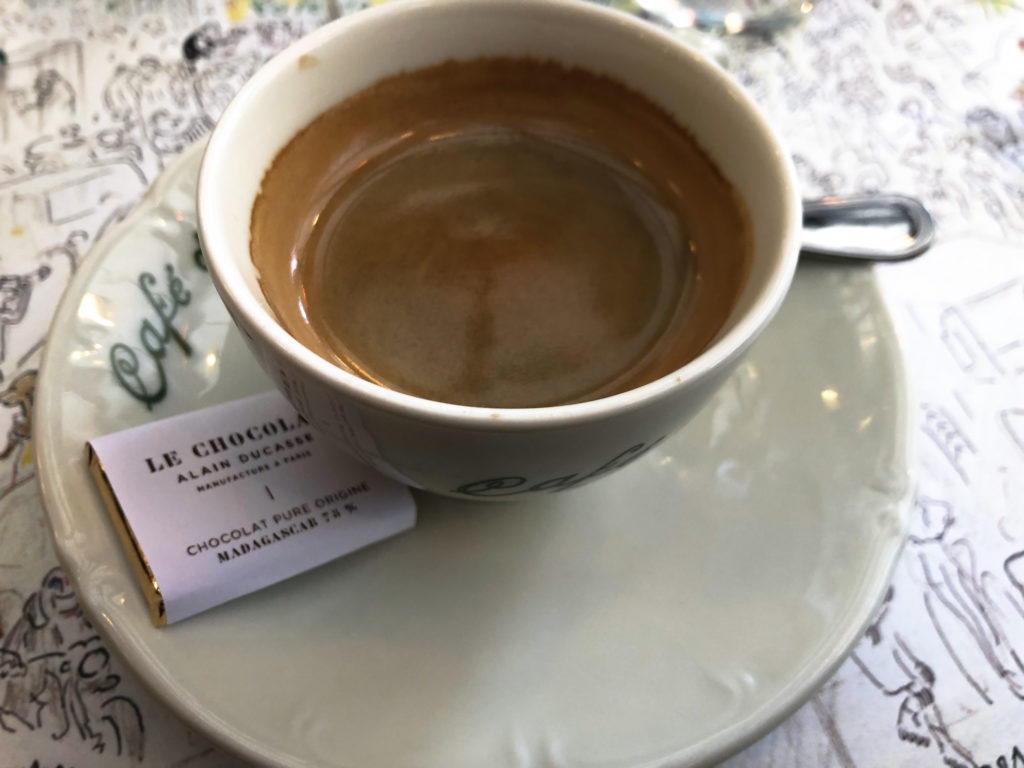
Sit across the Seine from Notre-Dame de Paris, or visit Café de Flore or Les Deux Magots, or whatever café may be near your hotel. Order even the least expensive coffee or lemonade and you will buy yourself time to soak up the atmosphere, enjoy the view, get comfortable in your surroundings, or just rest for a bit. If you have a full day, visit a café after dinner. In the morning, any open café is a great place to stand at the bar for a quick coffee and croissant for breakfast. Make this top 10 one of your most repeated.
Time estimate – up to you.
9. Montmartre
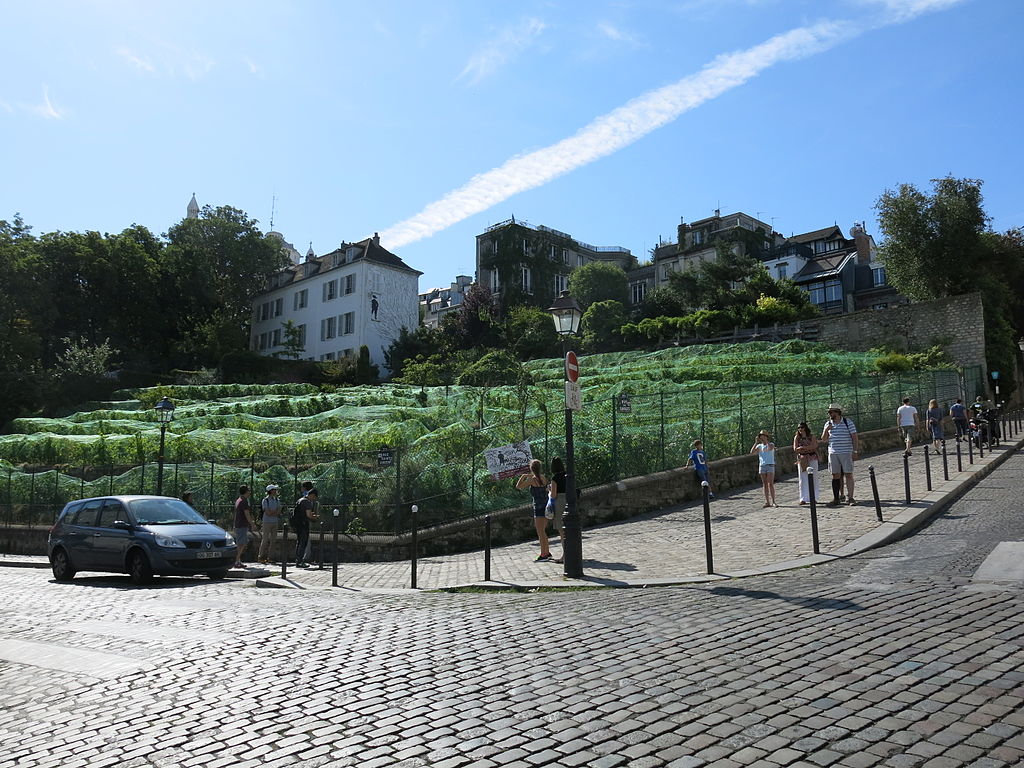
Yes, Virginia, there is a vineyard in Paris up on Montmartre.
Have you seen Moulin Rouge, the movie? Montmartre is where it all took place. Satine’s elephant sat high above Paris with views of the entire city. And, that is what you will have on the steps of the Basilica of Sacré-Cœur. Go a few blocks over and you will walk in Toulouse-Lautrec’s footsteps. As well as many other famous and infamous personages of Paris. Unlike the days from long ago, at the square you will be surrounded by caricature artists, plus accordion music, lots of berets, and restaurants where you should probably not eat. Keep walking and you can find a vineyard! Go to Montmartre for the view, the exterior of Basilica of Sacré-Cœur and the square.
It is a steep walk up or take the funiculaire. At the top, about 1.5 hours.
10. Arc de Triomphe
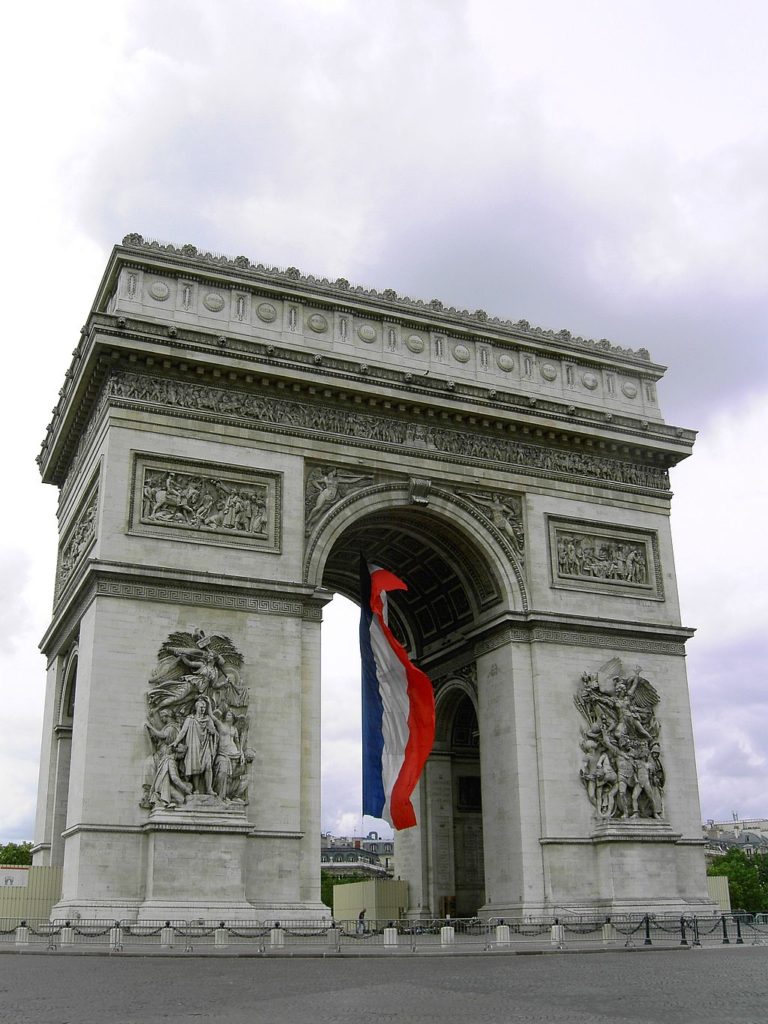
At the top of the Avenue des Champs-Élysées, this National Monument is worth a visit and the climb up the stairs to the top. Paris is laid out before you in all directions. I think the views from l’Arc de Triomphe are the best of all views. And, now you can book your time and ticket in advance without waiting in line.
About an hour.
11. Versailles
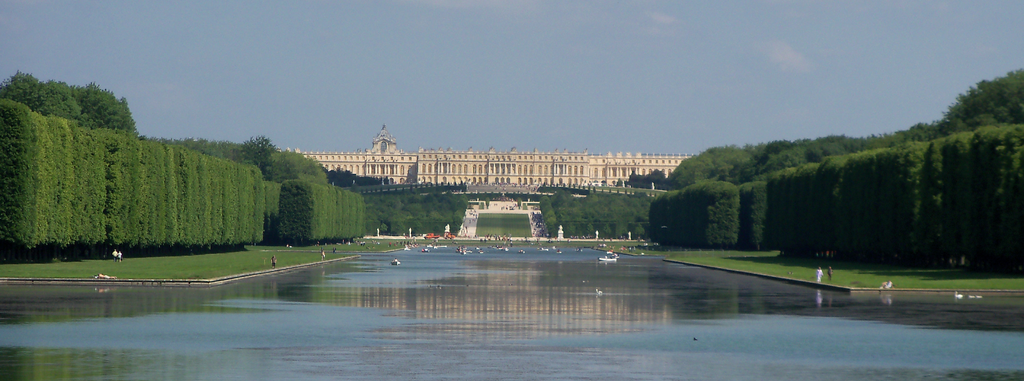
If you have seen as much of Paris as you want, and you have half a day to dedicate to one destination, go on a tour of Versailles. Multiple tour operators have easy-to-get-to locations, or will even collect you from your hotel. There are not enough superlatives to describe the palace and the gardens. This is where my mother said, “No wonder they had a revolution.” I know it is beyond the top 10, but the first ones were truly in Paris.
At least 1/2 day.
REMEMBER
Keep your wallet/passport/identification safe – at all times.
Places on the map are farther away than they look. Spend money wisely on Métro passes and/or taxis. If you are short on time, it may be worth a cab ride or taking the Métro to speed you to your destination.
Do you have your own list of the top 10 things to do in Paris? I would love to hear from you. Send them to me!
